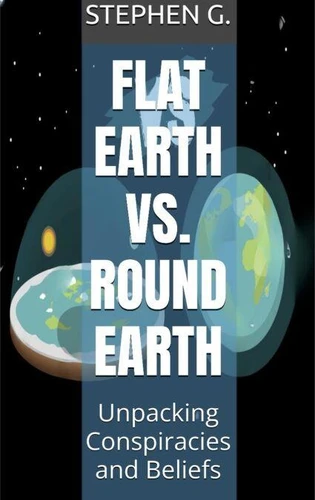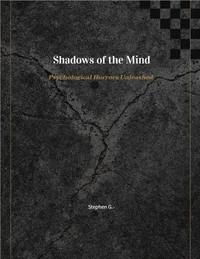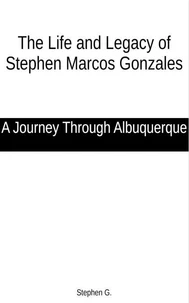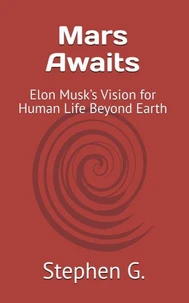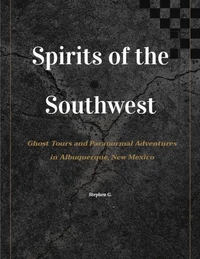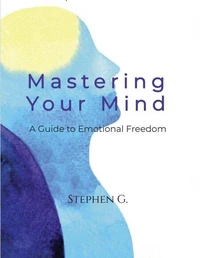Flat Earth vs. Round Earth: Unpacking Conspiracies and Beliefs
Par :Formats :
Disponible dans votre compte client Decitre ou Furet du Nord dès validation de votre commande. Le format ePub est :
- Compatible avec une lecture sur My Vivlio (smartphone, tablette, ordinateur)
- Compatible avec une lecture sur liseuses Vivlio
- Pour les liseuses autres que Vivlio, vous devez utiliser le logiciel Adobe Digital Edition. Non compatible avec la lecture sur les liseuses Kindle, Remarkable et Sony
 , qui est-ce ?
, qui est-ce ?Notre partenaire de plateforme de lecture numérique où vous retrouverez l'ensemble de vos ebooks gratuitement
Pour en savoir plus sur nos ebooks, consultez notre aide en ligne ici
- FormatePub
- ISBN8227125453
- EAN9798227125453
- Date de parution25/10/2024
- Protection num.pas de protection
- Infos supplémentairesepub
- ÉditeurBig Dog Books, LLC
Résumé
The belief in a flat Earth has been present throughout history, from ancient civilizations to modern times. Greek philosophers like Pythagoras and Aristotle argued for a spherical Earth based on observations, but flat Earth beliefs persisted. During the Middle Ages, the theory experienced a resurgence due to religious and cultural influences. The Renaissance and scientific exploration solidified the spherical model, but flat Earth beliefs continued to exist.
In the 19th and 20th centuries, fringe groups and the Flat Earth Society promoted the theory, appealing to distrust of authority. The rise of the internet has allowed flat Earth advocates to connect globally, sharing theories and challenging established scientific understanding. Flat Earth theories have gained traction among those disillusioned with mainstream science and education.
In the 19th and 20th centuries, fringe groups and the Flat Earth Society promoted the theory, appealing to distrust of authority. The rise of the internet has allowed flat Earth advocates to connect globally, sharing theories and challenging established scientific understanding. Flat Earth theories have gained traction among those disillusioned with mainstream science and education.
The belief in a flat Earth has been present throughout history, from ancient civilizations to modern times. Greek philosophers like Pythagoras and Aristotle argued for a spherical Earth based on observations, but flat Earth beliefs persisted. During the Middle Ages, the theory experienced a resurgence due to religious and cultural influences. The Renaissance and scientific exploration solidified the spherical model, but flat Earth beliefs continued to exist.
In the 19th and 20th centuries, fringe groups and the Flat Earth Society promoted the theory, appealing to distrust of authority. The rise of the internet has allowed flat Earth advocates to connect globally, sharing theories and challenging established scientific understanding. Flat Earth theories have gained traction among those disillusioned with mainstream science and education.
In the 19th and 20th centuries, fringe groups and the Flat Earth Society promoted the theory, appealing to distrust of authority. The rise of the internet has allowed flat Earth advocates to connect globally, sharing theories and challenging established scientific understanding. Flat Earth theories have gained traction among those disillusioned with mainstream science and education.

